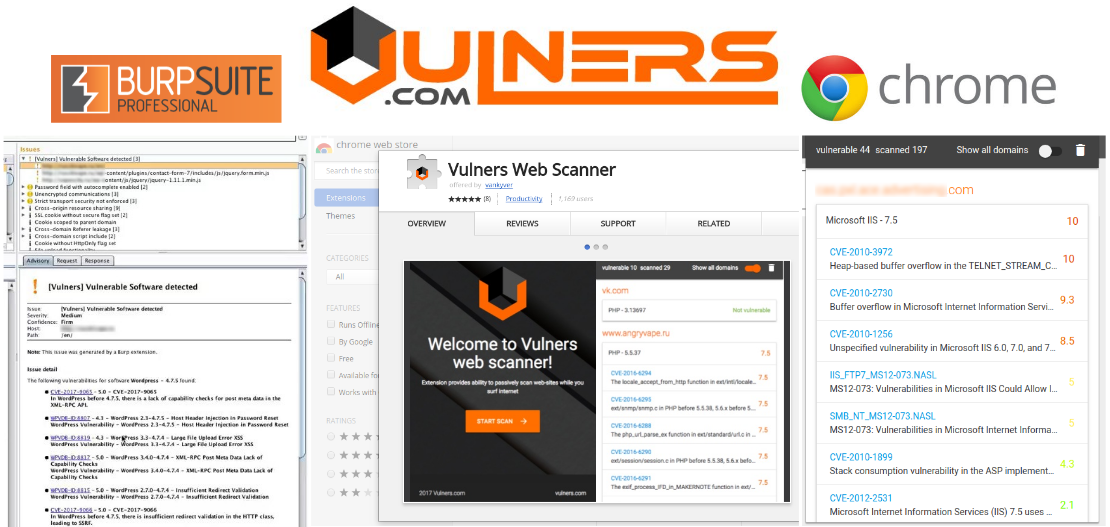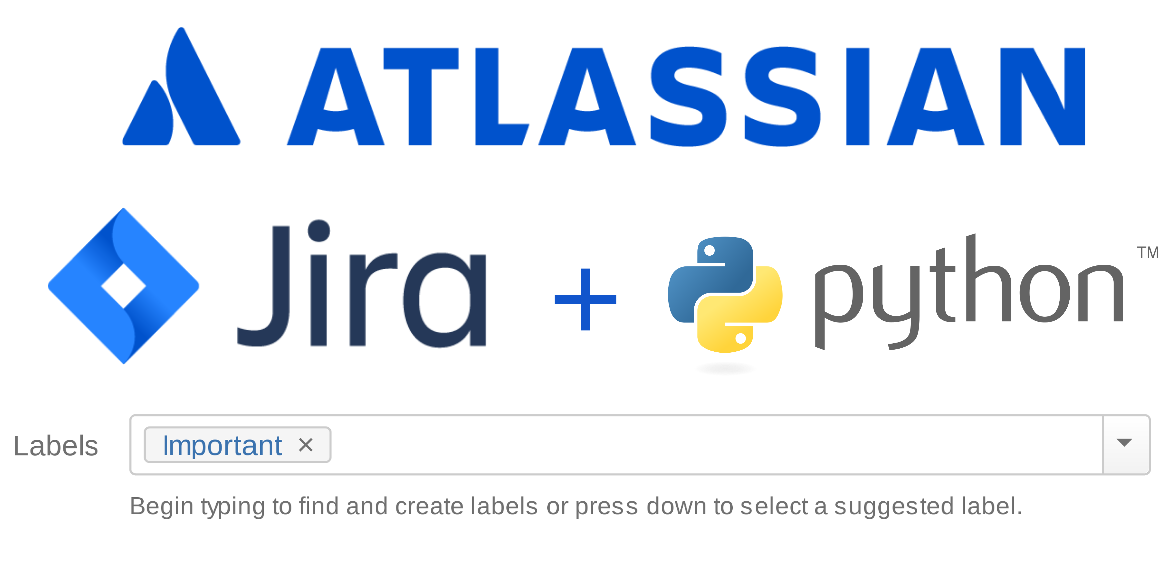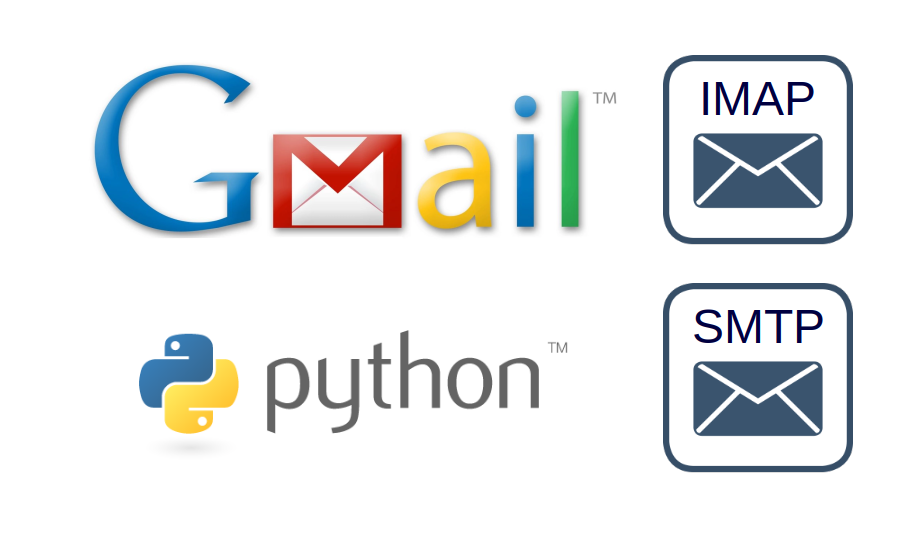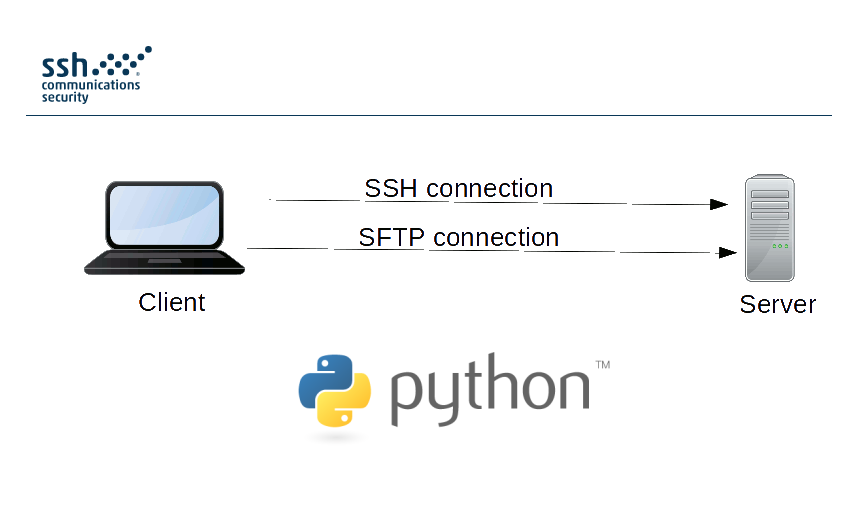What is the main idea of version-based vulnerability detection, especially for Web Applications? With an access to the HTTP response (html, headers, scripts, etc.), you can get the name and version of some standards web application (e.g. CMS, CRM, wiki, task tracker) or names and versions of software components that this web application uses: web server, libraries, frameworks, and so on.

Next step is to get all known vulnerabilities and exploits for this software. This is the typical task for Vulners.com – largest database and security content searching system (see “Vulners – Google for hacker“).
So, guys from Vulners Team made a set of useful regular expressions for detecting software names and versions – https://vulners.com/api/v3/burp/rules. You can use this rules in your own scripts and if you want something that will work out of the box, you can try existing plugins for Burp Suite and Google Chrome.
In this post I would like to show how the detection rules work, present new Vulners Burp API and vulnerability detection plugins for Burp Suite and Google Chrome.






